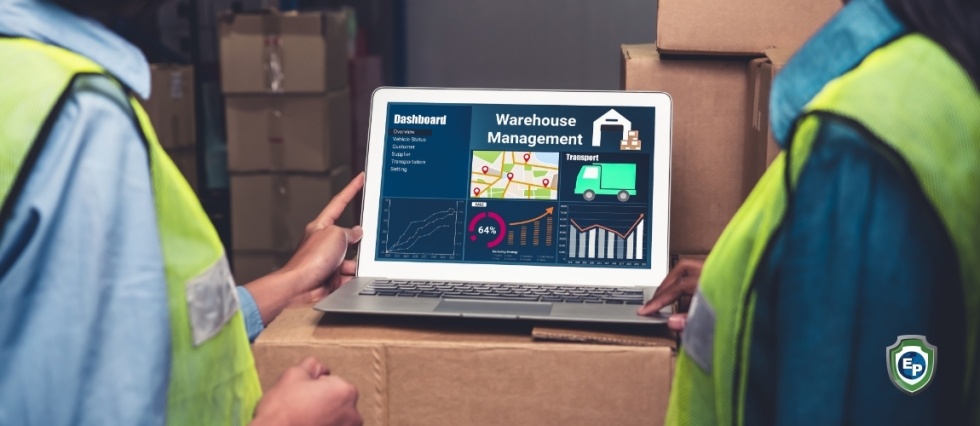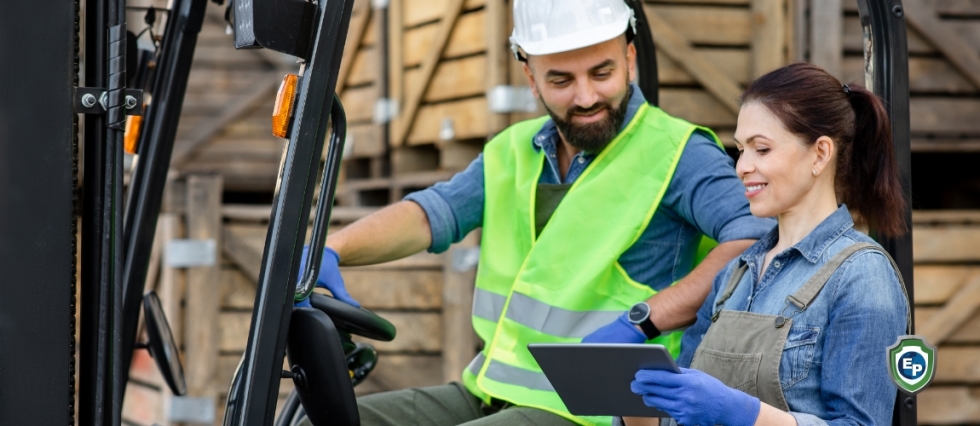Five Applications of the IoT in Warehouse Management
As the IoT becomes more widely adopted for real-world applications across a variety of industries, we can anticipate more IoT adoption in mainstream business applications.

Since 2018, industries like HVAC, industrial monitoring, and manufacturing have increasingly adopted the Internet of Things (IoT) to access its variety of benefits. As the market for the IoT continues to grow, with a total of 14.4 billion active connections expected by the end of this year, we can expect even more crossover of the technology in mainstream business use.
Here, we discuss how the sector of warehouse management is making use of the maturing underlying technologies of the IoT.
Automation Benefits Warehouses
Automation covers a wealth of applications of the IoT in warehouse management. Simply put, the IoT allows for the real-time collection of data, which can then be analyzed and used to trigger actions automatically without the need for human intervention. As sensor technology has reached an unprecedented level of sophistication, automation capabilities have reached a new height. Sensors that can collect a wide range of data have been developed, and machine learning has matured to the point where this data can be understood meaningfully.
Automation can help warehouses track their inventory, manage lighting and HVAC systems, run robotics, and reduce reliance on human workers.
Asset Management via Sensors
IoT-connected shelf sensors can be used for intelligent warehouse management, which allows warehouse operators to easily locate and manage inventory. It allows for stock to be automatically refilled when running low and it also facilitates the transportation of assets around the facility.

Asset Tracking Reduces Loss
Similar to asset management, asset tracking relies on IoT-connected sensors that deliver information on the location and movement of inventory. This information allows assets to be tracked in real-time as they move from storage to packing to shipping. It also helps prevent the loss of assets and gain valuable insights about the movement of assets in order to streamline the shipping process.
Inventory Optimization Helps to Develop Business Plans
Data collected from the various connected sensors integrated into warehouse management systems can be leveraged into actionable insights that can help to develop business plans. Data analytics can monitor all actions in the warehouse and describe what is working efficiently and what changes need to be made to reach full optimization. This level of data helps warehouse managers better use their space and reduce the time taken to do the various necessary tasks for the business.
Predictive Maintenance Cuts Costs of Machine Failure
The fifth most important application of the IoT in warehouse management is predictive maintenance. Machine failure costs the world’s largest manufacturers over $1 trillion each year. Machine learning algorithms, coupled with sensor data, can generate powerful predictions about the future performance of a machine. These analyses can highlight when a machine needs repairs before it begins to fail. This can help to reduce or even eliminate machine failure, thus preventing extra costs due to machine repairs and the loss of productivity associated with machine downtime.
Let Export Portal Help You
At Export Portal, we have created a blog page to keep you updated on all the latest news. For more articles like this one, make sure to check out our export trade website!


















Comments 1